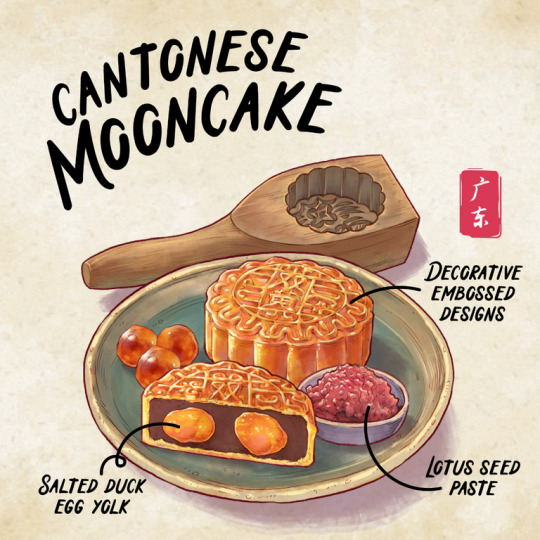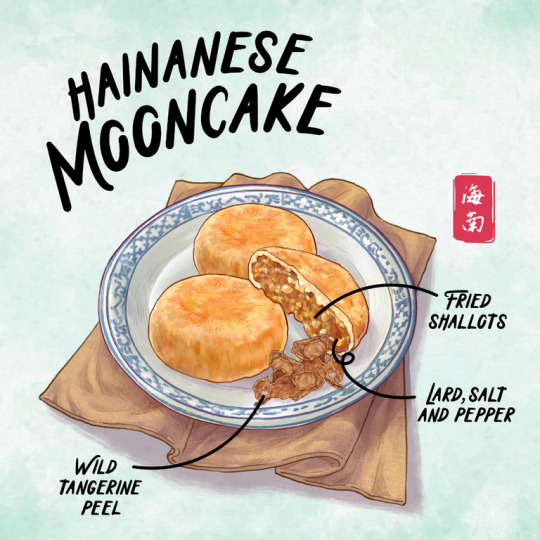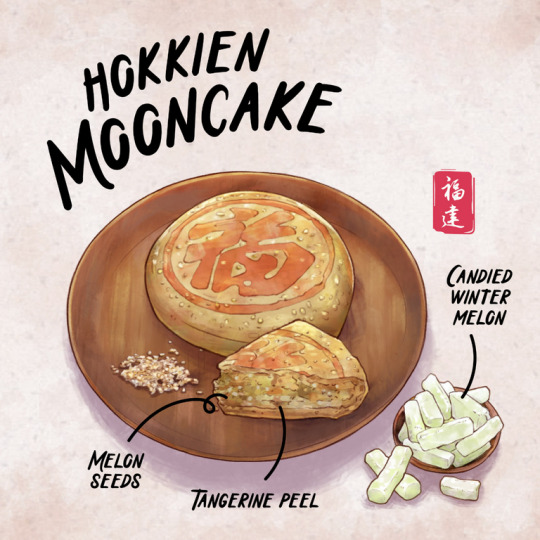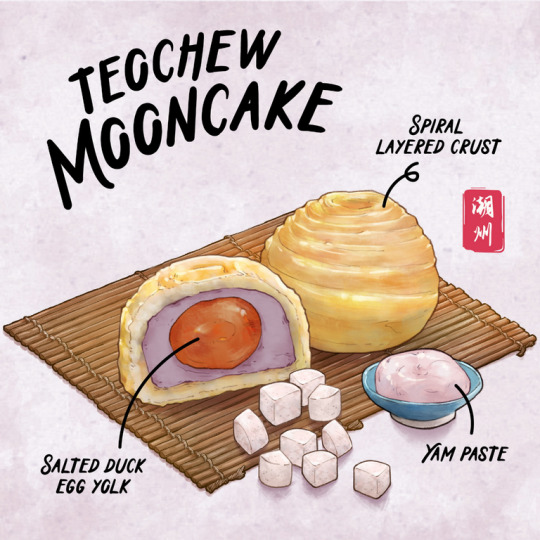#cultural recipes
Explore tagged Tumblr posts
Note
omg pls share som cabbage recipes!!!
I couldn't find the recipes in english, so I assume they're out cultural balkan dishes; I am not a very precise cook but I can explain what I'm doing.
One of my favourite ways to eat cabbage is 'Cabbage Pasta', we call it 'little cloths' because the pasta we use is usually cut like little cloths. This is how it's done: you sautee some onion, garlic and spices on oil, then you add cabbage, cut neatly into small pieces (they can be rectangular pieces, it's not super important), then you add half a glass of water and cover it up and let the cabbage take in all of the spices and alliums. It should cook like that for 10-15 minutes, or until the cabbage is soft, then you add in pre-cooked pasta in! You let it all cook together for a bit so the pasta takes in the flavour too, and all of the water should be taken in by cabbage and pasta. And you're done! The spices used in this are usually salt and sweet paprika, you could use soy sauce too and add anything to your liking. It's absolutely delicious.
The second recipe is something I've had all of my life, it's like a stew maybe? But basically you also sautee some onions, garlic or whatever spice you want on some oil, add tomato paste or tomato juice, or you can go with freshly cut tomatoes as well, add water, and put in cut cabbage and potatoes (you can also add carrots and more vegetables!). It's very delicious when it cooks down like that. I also like to add just a spoon of vinegar in it, I seem to like the added acidity.
Other ways I like to eat it is in a salad of course, and in spring rolls!
One really popular cultural recipe here is 'filled cabbage', and I've never actually made it, our name for it is 'sarma', which I can't really translate into anything. It's made by specifically preparing the fermented cabbage leaves, so they can serve as a wrapping for a mix of rice, meat and spices. Then they're all cooked in a broth with alliums, spices, more cabbage and tomato paste. I could do it with rice and soy, but it's honestly intimidating for me to try, the leaves need to be wrapped just so the entire thing doesn't fall apart, and I first need to figure out correct fermenting methods for cabbage.
Everyone else drop your favourite ways to eat cabbage as well! Add cabbage recipes for the anon :)
27 notes
·
View notes
Text
FOOD
Does anyone have any good recipes that they’re willing to share? Any little snacks, food from your culture, hand me down recipes, food you made from a tv show/movie/video game? Cooking hyper fixation is coming back and I wanna try some non-american stuff. I’m willing to try ANYTHING, I’m not picky and will go out of my way to get niche ingredients if needed.
#food recipes#healthy food#food#recipes#home cooking#cooking#nom nom nom#baking#homemade food#Movie recipes#game recipes#snacks#sweets#culture food#cultural recipes#cultural food#culture recipes#movies#video games#tv shows#please#i will try anything
1 note
·
View note
Text
Haven't posted a Palestinian recipe in a while. I think positivity like this is needed as Palestinians are more than just their genocide and trauma.
These are Ka'ak Al-Quds, Jerusalem Bagels, made by @mxriyum on TikTok. You should give them a try :)
Free Palestine 🇵🇸
#free palestine#gaza#palestine#free gaza#from the river to the sea palestine will be free#pray for palestine#Ka'ak Al-Quds#Jerusalem Bagels#bagels#bread#recipies#food#palestinian recipes#cultural food#palestinian culture#genocide#ethnic cleansing#ceasefire#permanent ceasefire#israel#israel is committing genocide#america#usa
7K notes
·
View notes
Text

Chicken Stir Fry
#stir fried#stir fry#chicken stir fry#chicken recipe#chicken rice#chicken#rice#peppers#foodie#food photography#foodpics#food#food porn#food pics#food culture#food cravings#toya's tales#style#toyastales#toyas tales#summer#august#dinner tonight#dinner time#dinner#lunch#lunchtime#lunch recipes#cooking#eating
1K notes
·
View notes
Text
as an indian person, my favourite thing is seeing what people who aren't from here have done with my food; i'll go to an indian restaurant in a random corner of the world and they're putting oregano in their palak paneer or a balsamic wash on their naan and it's like "yes good tell me how you folded your culture into mine and came out with something new and lovely, we're holding hands across oceans bestie"
#brought to you by a very nice conversation I had with someone today#food#culture#meow speaks#my danish friend is making my grandmother's poshto recipe and my american friend learnt how to make sambhar the way my great grandma makes#and swapped ingredients for what they had and were bonded now forever ♥️🥲#and I put crushed peanuts on top of all pasta dishes cause it reminds me of my friend from Bangkok who did the same
3K notes
·
View notes
Text

678 notes
·
View notes
Text
quite nothing highlights us hegemony as americans only now saying omg I’m finally learning about a new culture by going on rednote while the rest of us have been forced to know what the fuck a karjenner is since age 12
#red note#them learning about a new culture: cool recipes. the beauty of public transport. memes.#us learning about US culture: so when the democrats are in power it’s common sense policy but when the republicans are in power it’s a#human rights violation#u guys went off with Seinfeld tho ngl
336 notes
·
View notes
Note
Who Me? Appearing in YOUR inbox again? Wh-What....haha.....what gives my beloved spouse that impression?.... So I've been working on a Fae AU and I just need you understand the brainworms I am DEALING WITH, my beloved spouse!!! Imagine for a moment: you've got wangxian morons both thinking that the other is a human. Wei Wuxian (the beloved Summer/Spring Court Fae), who has been stowed away in the Autumn Court all his life, has never met any Fae outside of the Autumn Court, and Lan Wangji (Winter Court Fae) has met all of the other Courts apart from the Summer Court (which is basically extinct apart from Wei Wuxian) and the Spring Court (because they have isolated themself from the rest of the world) so he's like "obviously this is just a human who is using charms to gain Fae features like the humans from the Winter Court". Cue wild shenanigans where they keep bumping each other and completely believing that the other is a human so being all like "this fucking human should NOT be here, also how is this human SO PRETTY?!?! HUMANS SHOULDN'T BE PRETTIER THAN FAE!!!" while the Jiang siblings completely believe that this 'Hanguang-Jun' Winter Court human pet is trying to seduce Wei Wuxian into joining the Winter Court despite not knowing what Court he's from, and Lan Xichen (and Nie Huaisang, a Night Court Fae) completely thinks that Lan Wangji is going insane whenever he talks about this 'Yiling Laozu' human. SORRY FOR RAMBLING BUT I NEEDED TO YAPPER TO SOMEONE WHO'S NOT HEARD OF IT BEFORE. I'M HEARTBROKEN AND ALONE (/silly/silly)
OUGH THIS IS DELIGHTFUL I LOVE IT!!! THEYRE SO SILLLYYY IM OBSESSED WITH THEM!!! WANGXIAN MISUNDERSTANDINGS YOULL ALWAYS BE FAMOUS TO MEEEEE

#wangxian#lan wangji#wei wuxian#mdzs#fanart#sketch#SO CUTE AU FOUR!! DELIGHTFUL!!#beloved spouse my asks and or my dms or any other channel u deem fit r always open for ur thoughts trust and believe#i can see them going out of their way to make their respective homes a bit more hospitable for humans in ways that r so irrelevant to fae#only to discover that they've been human-proofing for no goddamn reason. like buying outlet covers and ur not even babysitting anymore.#'ive been swapping out recipes that include ingredients poisonous to humans and ur telling me that not only is he A. not affected but#B. its his fave food? i cant have shit in this court.'#wuxian dropping facts abt human culture to try and be like heh..see...i know so much abt u guys...arent we bonding so good rn.....#meanwhile lwjs just like this humans very passionate abt teaching me abt his species.
97 notes
·
View notes
Text
Making panellets for the Castanyada festivity (October 31st) 🍪🍠🌰
Original video (without English subtitles): bet_molina on Tiktok.
Bona Castanyada!
#panellets#castanyada#menjar#receptes#baking#halloween#all saints day#cooking video#recipe video#sweets#la castanyada#food#recipes#sweet#dessert#marzipan#cooking#cultures
91 notes
·
View notes
Text
the recipe for the brownie baked oats (regular baked oats but with cocoa powder in them, I make mine with frozen raspberries and chocolate chips) calls them a "guilt-free treat" and like ma'am I would have and in fact have had regular brownies for breakfast and did not feel even the slightest twinge about it, the oats just go better with yoghurt
#dottie rambles#diet culture#you can just eat food that's tasty it's okay i promise#and this is really good!#a very forgiving recipe#I've straight-up left out ingredients before and nothing significant happened
284 notes
·
View notes
Text

cinnamon babka 🍂🍁
#babka#cinnamon babka#cinnamon#cardamom#cloves#fall flavors#fall season#fall vibes#fall recipes#fall aesthetic#autumn vibes#jewish tumblr#jewish food#jewish culture#jumblr#bread#homemade bread#bread making#baking#baked goods#bakers gonna bake#amateur baking#mine
73 notes
·
View notes
Text
🍜 🌶️ Craving the ultimate comfort food that'll warm you from the inside out? 🔗 Full recipe on my website! Just google "curry udon sudachi"!
#foodgasm#foodphotography#japan#recipes#japanese food#cooking#foodie#japanese culture#japanese#food#udon noodles
65 notes
·
View notes
Text
Food from the beautiful culture of the Palestinians🇵🇸🍉!! This genocide must end! Their lives and culture must be preserved!!
#free gaza#free palestine#gaza#palestine#from the river to the sea palestine will be free#israel#ceasefire#pray for palestine#bread#baking#culture#cultural food#baked goods#food#foodie#recipe#recipies#cook book#home cooking#chef
2K notes
·
View notes
Text

Cajun Chicken and Sausage Gumbo
#cajun food#cajun seasoning#cajunspices#cajun cooking#cajun#chicken#chicken rice#chicken recipe#sausage#gumbo#louisiana#new orleans#creole#soul food#dining and entertaining#fine dining#dining room#dining#entree#main course#toya's tales#style#toyastales#toyas tales#summer#black culture#okra#dinner#september#lunchtime
349 notes
·
View notes
Text
The Mid-Autumn Festival (中秋节), a Chinese celebratory season observed by many East and Southeast Asians, has begun. Held on the 15th day of the eighth lunar month, which is in the middle of autumn, the festival marks the end of the season’s harvest and is a time to appreciate the moon at its fullest and brightest. Besides feasting eyes on the moon and lanterns of different shapes and sizes, Mooncakes (月饼), a rich pastry with all sorts of fillings, are undoubtedly the main highlight of the festival and are traditionally shared among family and friends.

The Cantonese Mooncake (广式月饼) is the most commonly found traditional mooncake in Singapore. Its fillings consist of lotus seed or red bean paste and usually include one, two or four salted duck egg yolks. Many would also be familiar with the snow skin variant that was created in Hong Kong in the 1960s as a healthier alternative to traditional baked mooncakes. The fillings and a ball of dough are traditionally pressed into a wooden mould, which embosses intricate wordings of the pastry shop’s name or stuffing on top of the pastry.

A mooncake with various flavours such as rich, savoury-sweet and peppery, the Hainanese Mooncake (海南月饼), also known as Su Yan Bing (酥盐饼) is traditionally filled with ingredients such as fried shallots, lard, salt, white pepper, rose-flavoured white sugar, sesame seeds, melon seeds and dried wild tangerine skin peel. The filling is encased in a thin crust made with flour, salt and lard.

The Hakka Mooncake (客家月饼) is also called Yu Gao (月糕) and is a flat, snow-white disc that is typically made with cooked glutinous rice flour and sugar, giving it a crumbly and powdery texture. It is usually embellished with more intricate designs, often with animals and flowers. Although it doesn’t usually contain any fillings, some come with candied winter melon, desiccated coconut and sesame seeds mixed with glutinous rice flour, sugar, margarine and water.

Easily distinguishable by the red stamp of Chinese characters on the top of the crust and its white disc-shaped pastry which resembles a bright moon, the Hokkien Mooncake (福建月饼) consists of a dry and sweet filling that is made of candied winter melon, tangerine peel, melon seeds, sugar, and cooked with lard or peanut oil. A less common type is a savoury version with minced meat filling. Once known as Scholar Cakes (状元糕), they were given to those who took part in the Imperial examinations. Today, it is given as a symbol of good luck to those who are about to sit for their exams.

Many would be familiar with the Teochew Mooncakes (潮州月饼). It has a crispy, spiral-layered crust that crumbles easily. It originated from the Chaoshan (潮汕) area in Guangdong Province and typically consists of yam paste and a salted duck egg yolk. Other traditional versions of the Teochew mooncake are still made by old school bakeries in Singapore. For example, La Bia (朥饼 or lard biscuit), where ‘La’ refers to pork oil, has a thinner, flaky crust with a thick mung bean or red bean filling. There are also alternative fillings including red bean, mung bean or lotus seed paste. There is also a steamed version of the typically baked Teochew mooncake, called La Gao (朥糕). It can either be served plain or with a mung bean filling.

A Snow Skin Mooncake (冰皮月饼) variant was created in Hong Kong in the 1960s as a healthier alternative to traditional baked mooncakes. Similar to mochi, its crust is made of glutinous rice flour and varies in colour, based on the flavours used. And unlike traditional mooncakes, these are best served cold!
youtube
Mooncake information and drawings courtesy of Ministry of Culture, Community and Youth.
#Mid-Autumn Festival#中秋节#Mooncake Festival#农��八月十五#Chinese Culture#Chinese Tradition#Celebration#Mooncake#月饼#Cantonese Mooncake#广式月饼#Hainanese Mooncake#海南月饼#Hakka Mooncake#客家月饼#Hokkien Mooncake#福建月饼#Teochew Mooncake#潮州月饼#Snow Skin Mooncake#冰皮月饼#Recipe#Video#Youtube#Snack#Dessert#Asian Food#Food#Buffetlicious
131 notes
·
View notes
Text
In honor of MardiGras this year, I want to share how I make jambalaya - and who better to help me than Alastor?
From this NOLA native, laissez les bons temps rouler and happy carnival season! ✨️





#art#hazbin hotel#blaseart#my art#hazbin hotel fanart#fanart#alastor#hazbin alastor#alastor the radio demon#hazbin hotel alastor#mardi gras#recipe#jambalaya#lol#i thought this would be fun#to share a bit of my culture with others who also love the deer man#anyway
43 notes
·
View notes